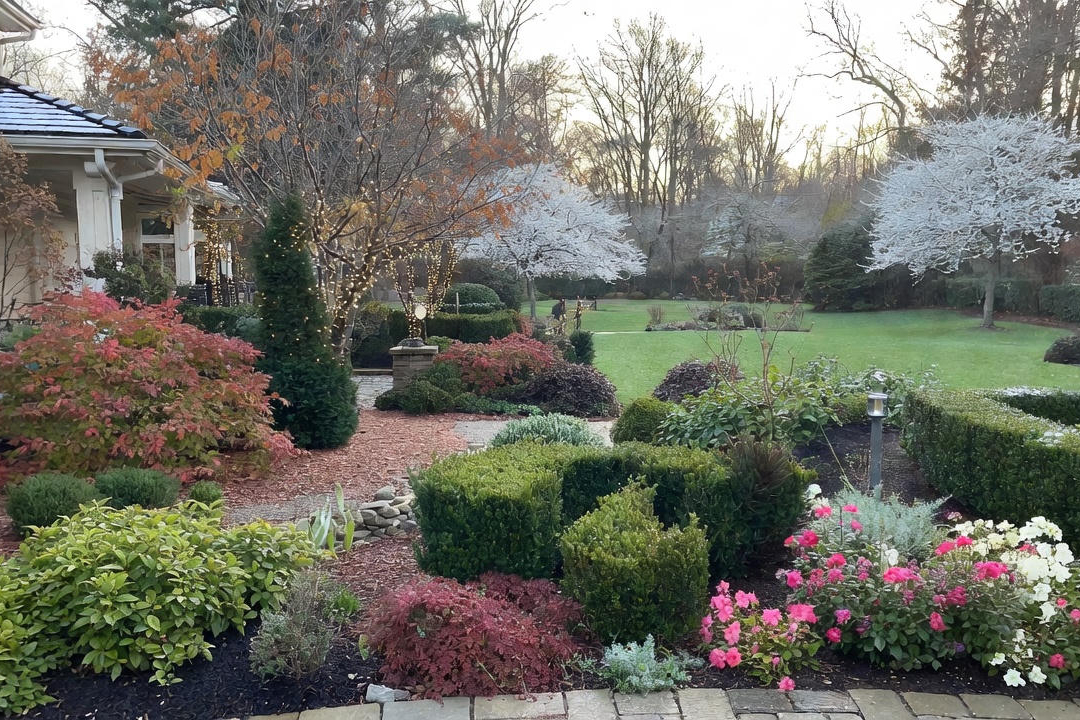

In the spirit of “chestnuts roasting on an open fire”, planting the Sweet Chestnut Tree – an ornamental edible plant for the landscape – can be a long-lived tree for your landscape and provide a fun holiday treat. Elder chestnut trees in their natural conditions live more than 2,000 years. In fact, this tree is found across Mediterranean regions and several trees in southern Europe near the Black Sea are thought to have survived the last Ice Age.
The delightful holiday pastime of roasting chestnuts is actually associated with the skin of the nut, which is astringent and unpleasant to eat, but is transformed by roasting. Chestnuts are roasted in their brown husks after removing the spines that surround the nut when it is growing on the tree. Typically roasted chestnuts are sold at markets, on streets and in fairs by street vendors with portable braziers. The nuts are also used for flour, bread making, thickener, pastes, and in desserts.

Sweet Chestnut (Castanea sativa)
Also known as: European Chestnut, Spanish Chestnut
Plant Description: Very large nut-producing pyramidal-rounded deciduous tree with a large trunk and deep green leaves. Lovely orange fall color. Brownish nuts develop and shed in the Fall which are edible. Cultivated for centuries as a food source across the world. Two trees are required for pollination. Chestnut blight can be a concern for this chestnut variety. Alternative varieties to consider are Castanea crenata or Castanea mollissima, which are both blight resistant.
Plant Type: Deciduous broadleaf tree
Sun/Shade: Full sun
Cultivation: Best to plant this tree in an open area where nut pollen scent and litter will not be an issue. Prefers moist, but well-drained soil in full sun. Strongly drought tolerant once established. Does not appreciate lime in the soil. Nut litter is an issue as the nuts are surrounded by a prickly outer hull which drops to the ground when ripe. Deer resistant. Harvest chestnuts by rake or broom.
Height: 80 to 100 feet (24 to 30 meters)
Width: 30 to 50 feet (9 to 15 meters)
Bloom: Yellow catkins
Bloom Time: Summer
Origin: Western Asia, southeastern Europe
Zones: Zone 5, zone 6, zone 7
Wildlife: Birds
Landscape Uses: Shade tree, lawn tree, prairie tree, meadow tree
Download iScape now and create designs for landscapes that make food and family fun as well as make your community beautiful. iScape it!





.jpg)
